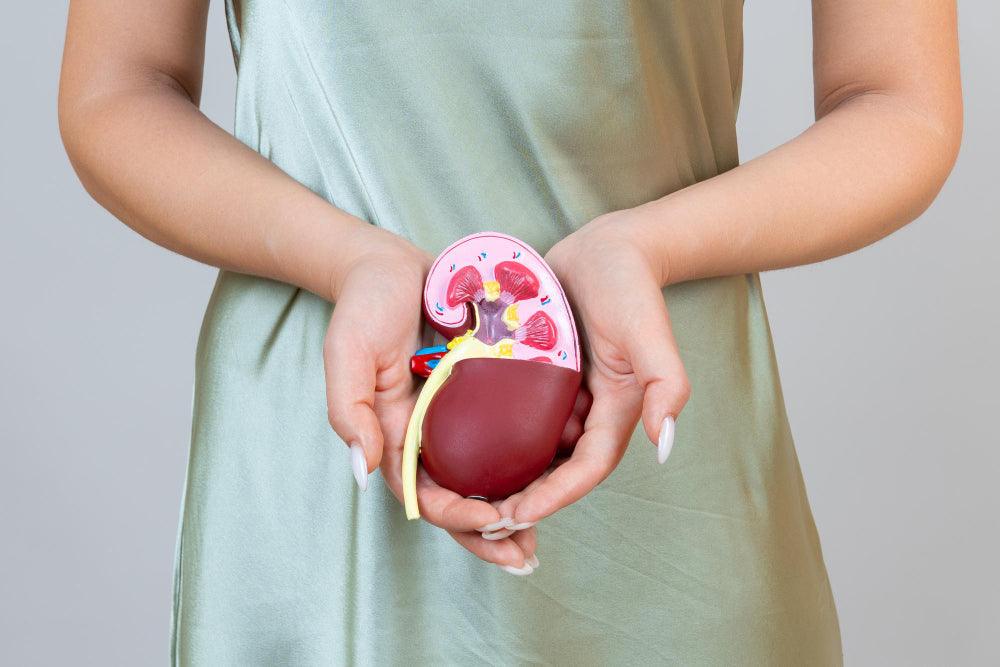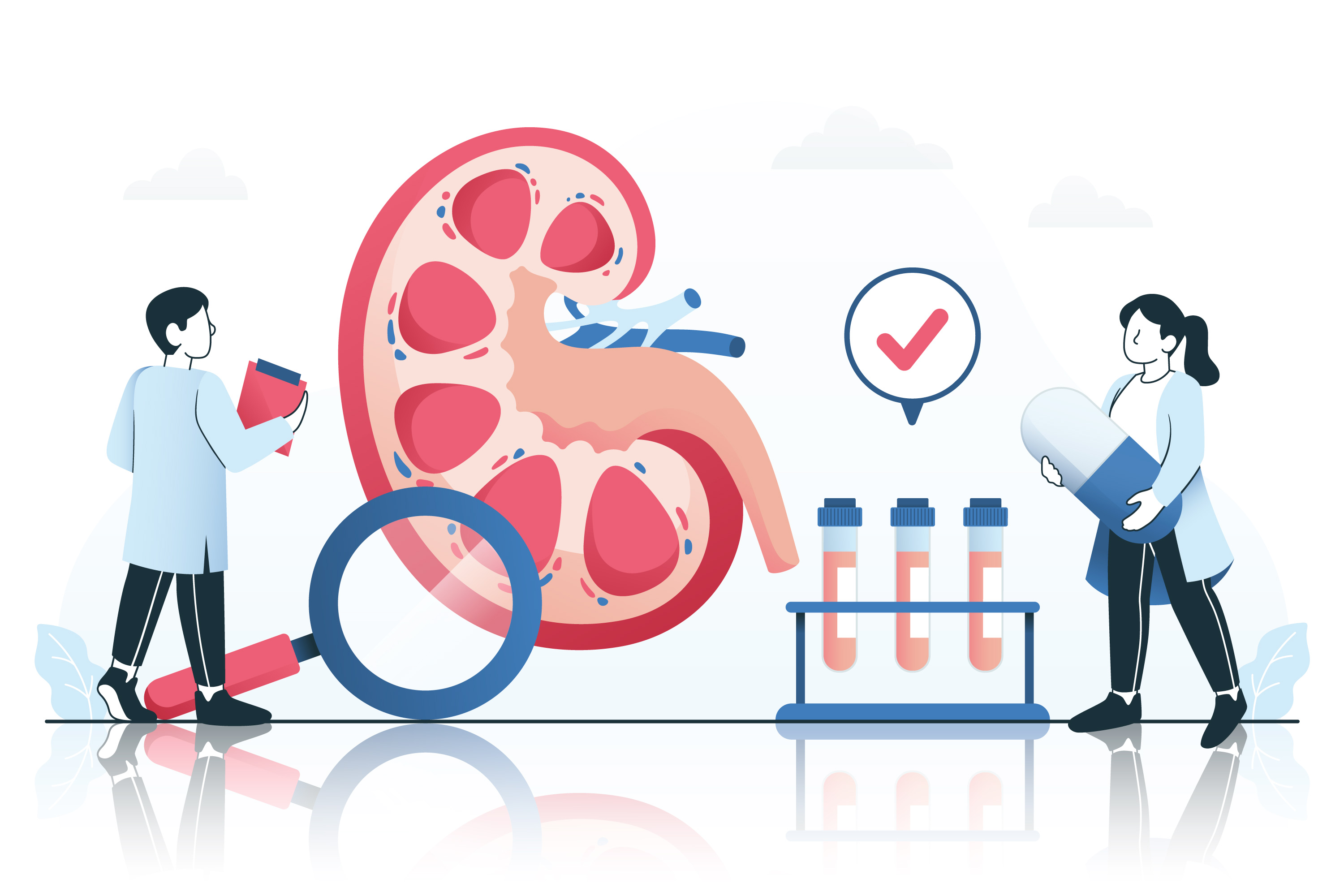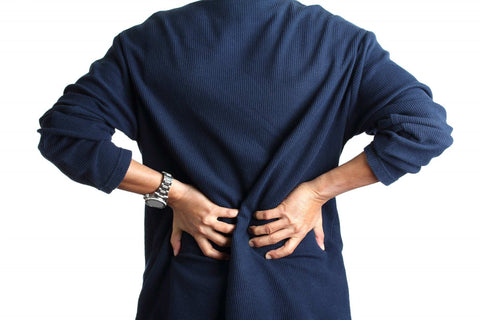
Related products
What’s covered?
Ureteral stents keep the ureters open, which allows urine flow to move from the kidneys into the bladder. They may be required if the ureter is obstructed by kidney stones, ureteral stones, constricted ureters, or tumours. Most stents are only temporary, yet in some cases of chronic disease, ureteral stents may be necessary for an extended period. Silicone or polyurethane plastic ureteral stents range in length and diameter from 10 to 15 inches. They maintain the ureter open by lining it down. A coil from the stent's top section is inserted into the kidney. The lower end's loop is inserted into the bladder.
Scarring or other difficulties may rarely hinder a healthcare provider from installing a ureteral stent. Instead, nephrostomy or kidney stent surgery may be required. To execute a nephrostomy, an interventional radiologist inserts a stent which is a small tube directly into the kidney. The kidney stent sends urine from the kidney into a bag outside the body by bypassing the ureters and bladder.
Who needs ureteral stents?
The ureters can occasionally get clogged and inhibit proper urine drainage. A ureteral stent can empty your ureter, allowing your kidneys to work as normal.
Urinary stents are most commonly utilised to allow urine to pass through a kidney stone that has become lodged in the ureter. After breaking up kidney stones, your doctor may install a stent to prevent blockage caused by the passing pieces. Stents can also be applied following kidney stone removal to stop severe pain and swelling from obstructing the ureter.
Additionally, ureteral stents are used by medical professionals to treat ureteral blockages because:
- Blood clots
- Inflammatory bowel disease or IBD
- The accumulation of scar tissue caused by endometriosis or other ailments
- Tumours
- Ureteral stones
- The ureters constrict due to ureteropelvic junction blockage, a hereditary disease
Before ureteral stenting, what takes place?
A blood test, which a clinician may also use, measures your kidneys' ability to filter waste, toxins, and extra fluid from your blood. The results of the blood tests will show how successfully and quickly your kidneys are eliminating waste. We suggest you take a look at our Kidney Blood Test kit that will help your doctor in assessing your kidney functions. Your doctor may advise you to undertake the following before installing a ureteral stent:
- Have bloodwork done to assess kidney function
- Ask you to provide a list of the drugs and supplements you take to your medical staff
- Stop using blood-thinning drugs, such as aspirin
- Fasting involves abstaining from food and liquids for a period before the surgery

What happens during ureteral stenting?
In most cases, ureteric stenting is an outpatient surgery, you return home the same day. The treatment is carried out by a urologist, a medical professional who focuses on diseases affecting the urinary system. You get general anaesthesia before the surgery. Most of the time, you're asleep because of general anaesthetic. Throughout the operation, you lie on your back. Your doctor will:
- Find the obstruction and direct the procedure, an ultrasound of the kidney or X-rays of imaging fluoroscopy is used
- Inserts a tiny scope instrument with a lens into the bladder through the urethra. The urethra is the plastic tube through which urine travels when you urinate
- Inserts a thin, flexible wire or guidewire inserted into the ureter through the cystoscope.
- Using the guidewire, inserts the ureteral stent. The stent is made up of two coiled sections, from the kidney to the bladder. These coils are responsible to hold the stent in position
- Carefully remove the cystoscope and guidewire while leaving the stent in place
What happens after ureteral stenting?
When your provider indicates it's okay to go, you should have someone drive you home. To support kidney and bladder function following the treatment, your doctor might advise drinking lots of water.
You can experience some discomfort and possibly blood in the pee. These side effects are typical following stent insertion and will gradually go away in a few days. However, up until your healthcare professional removes the stent, you can notice remnants of blood and discomfort. While the stent is in place, you may experience frequent urination and kidney pain that worsens as you urinate. Your pee may contain blood on occasion.
How long will you have a ureteral stent?
The majority of ureteral stents are transient. After the kidney stone passes, the infection clears up, or other issues are resolved, your healthcare professional will carry out a second treatment to remove the stent. The stent will most likely remain in place for several days or weeks.
For months or even years, some people require stents. Long-term ureteral stent use is possible in patients with the tumour pushing on the ureters or with constricted ureters. Every three to six months, your doctor will replace the stent with a fresh one. Complications are less likely when the stent is replaced.
How is the ureteral stent removed?
Certain short-term ureteral stents have strings that hang outside the urethra, which is where urine exits the body. Your healthcare practitioner gently pulls on the string to remove the ureteral stent. The ureteral stent won't have a string if you require it for several weeks or longer. The stent is removed by your doctor during a minor in-office procedure. Before removal, you might undergo an ultrasound or X-ray. The imaging reassures the doctor that your kidney stone or other problem has been treated.
During the procedure, your doctor will:
- Insert a cystoscope via the urethra and into the bladder to remove the stent
- Grabs hold of the stent using tiny clamps attached and linked to the cystoscope
- Take the stent out slowly
What are the risks or consequences associated with ureteral stenting?
With ureteral stents, up to eight out of ten patients report:
- Bladder discomfort, bladder spasms or agonising cramps, and frequent urination
- Stents that are blocked, fractured, or loosen
- Painful urination or bleeding in the urine
- Infections, such as infections of the urinary tract
The slight risk potentials will be discussed by your healthcare provider. They will also instruct you on how to respond to any alarming symptoms that arise while the stent is in place.
How can you relieve ureteral stent pain?
Stents for the urethra might be painful. When urinating, you may have pelvic pain or a pulling sensation. For instance, nonsteroidal anti-inflammatory medications are available over the counter and can be helpful.
Is it necessary to limit normal activities when you have a ureteral stent?
Physical activity may need to be limited during the first week following the treatment. Within 24 hours of the surgery, if your work doesn't involve lifting large objects, you should be able to go back to your regular schedule. To lower the chance of a UTI, your doctor might advise against having sex for the first week following stent installation.
What are the chances of recovery for someone with ureteral stents?
In general, ureteral stents are secure. Normally, they don't result in any long-term issues. Ureteral stents are beneficial despite the potential for bothersome side effects. Kidney stones can often flow through ureteral stents. They also perform well enough to resolve ureteral blockages. A ureteral obstruction can cause sepsis and kidney failure, both of which can be fatal if untreated.

Can you take out the Stent yourself?
Never attempt to remove a stent yourself; you can cause more damage than you think. This may consist of:
- Damage to or infection of the kidneys, ureters, or bladder
- Extreme pain
- Retention of urine
- Re-blockage of the ureter with stone particles that were not removed during the initial treatment, which causes excruciating agony and necessitates a second hospital or operating room visit to replace the stent.
Diet / Activity
Dietary and lifestyle modifications play an important role in the betterment of deteriorating health. Take care of the following two tips to lessen and overcome your health complications.
- Increase water and clear fluids
- Avoid strenuous activity and contact sports
When should you call the doctor?
You should see a doctor if you notice any of the following conditions:
- Tissue clots in urine
- Urine that is dark, cloudy, or smells bad.
- Difficulty urinating and acute pain or a burning sensation when peeing
- Kidney discomfort dull ache deep on the left or right side of the spine.
- Vomiting and nausea
- Infection symptoms such as fever or chills
Conclusion
Ureteral stenting is an efficient method for enabling uncomfortable kidney stones to exit the body. Stones in the blocked ureter and kidneys can be temporarily treated using ureteral stents. Some people require ureteral stents for longer to keep their narrowed ureters open. A ureteral stent may cause discomfort or even minor pain. Until the stent is removed, your healthcare professional can recommend ways to reduce discomfort.






















 Rated Excellent by 26,523+ Reviews
Rated Excellent by 26,523+ Reviews